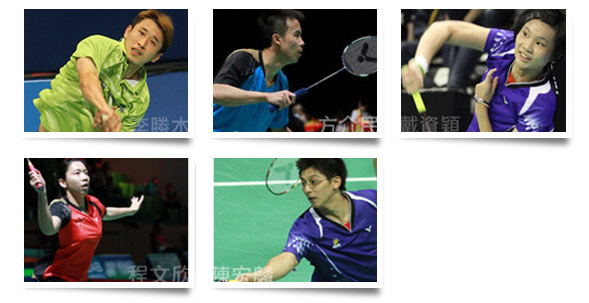How did badminton go from being an ancient feather ball sport to be an Olympic event?

An embryonic form of modern badminton appeared in India in the mid-19th Century
A photograph taken in Madras around 1870 illustrates the source of modern badminton. In the photo, several British men are playing “badminton.” They are hitting a shuttlecock across a net, the net differentiating the new sport from the traditional game battledore and shuttlecock. This new sport first appeared in Poona in the west of India and was thus named “Poona”, badminton’s first name. The British military took the sport back to the UK and held a public demonstration at Badminton House in 1873, attracting a lot of attention. From this time badminton gradually developed and became known as “badminton.”
Badminton gradually became internationalized in the early 20th Century
In the 30 years from 1873 badminton developed into a competitive indoor sport and clubs were set up across the UK. In the early days, the sport followed the unwritten rules of its Indian era, however, in 1887, Bath Badminton Club completed the first modern badminton rule book;in 1893 the England Badminton Association was founded and revised and unified competition rules. From the end of the 19th Century to the early 20th Century, badminton spread from the UK to North America and northern Europe, and from India to other parts of Asia.
The first world badminton association, the International Badminton Federation (IBF) was established in 1934 (the headquarters was moved from London to Kuala Lumpur in 2005.) In 1978 the World Badminton Federation was established in Hong Kong and was merged with the IBF in 1981; in 2006 the IBF name was changed to the Badminton World Federation; the organization is in charge of managing international badminton events and related promotional work;it has 159 country/region members at present.


The laws of badminton were set in the UK but Asian countries now dominate the sport. Since 1934 China and Indonesia have won 70% of IBF (BWF) titles; these two countries together with Malaysia and the ROK are the four badminton great powers of Asia. Other countries such as Thailand, Japan, and Taiwan and England and Denmark in Europe have listed badminton as a priority sport for development, showing the great popularity of the sport around the world.
VICTOR nurtures VICTOR Stars to promote badminton!
In recent years VICTOR has actively sponsored top players from various countries, with the aim of making a contribution to the promotion of the sport of badminton and these VICTOR Stars frequently achieve good results at major tournaments.
17 VICTOR Stars qualified for the biggest sporting event of 2012, the London Olympics, and the ROK’s Jung Jae Sung/Lee Yong Dae won glory by taking the bronze in the men’s double. Chinese Taipei’s men’s doubles pair Lee Sheng Mu/Fang Chieh Min and women’s doubles pair Cheng Wen Hsing/ Chien Yu Chin both achieved a creditable fifth place,
We believe that this group of VICTOR Stars, more formidable than ever before, will achieve glory at the 2016 Olympics in Brazil!
 Korea VICTOR Stars at the 2012 London Olympics (Photo source: South Korea’s BadmintonTime website) Tope row from the left: Lee Hyun II, Son Wan Ho, Jung Jae Sung, LeeYong Dae, Ko Sung Hyun, Yoo Yeon Seong ; Bottom row from the left: Bae Yeon Ju, Sung Ji Hyun, Ha Jung Eun, Jung Kyung Eun , Kim Min Jung, Kim Ha Na
Korea VICTOR Stars at the 2012 London Olympics (Photo source: South Korea’s BadmintonTime website) Tope row from the left: Lee Hyun II, Son Wan Ho, Jung Jae Sung, LeeYong Dae, Ko Sung Hyun, Yoo Yeon Seong ; Bottom row from the left: Bae Yeon Ju, Sung Ji Hyun, Ha Jung Eun, Jung Kyung Eun , Kim Min Jung, Kim Ha Na Chinese Taipei VICTOR Stars at the 2012 Olympics Tope row from the left: Lee Sheng Mu, Fang Chieh Min, Tai Tzu Ying ; Bottom row from the left: Cheng Wen Hsing, Chen Hung Lin
Chinese Taipei VICTOR Stars at the 2012 Olympics Tope row from the left: Lee Sheng Mu, Fang Chieh Min, Tai Tzu Ying ; Bottom row from the left: Cheng Wen Hsing, Chen Hung Lin( Edit by VICTOR Badminton )









